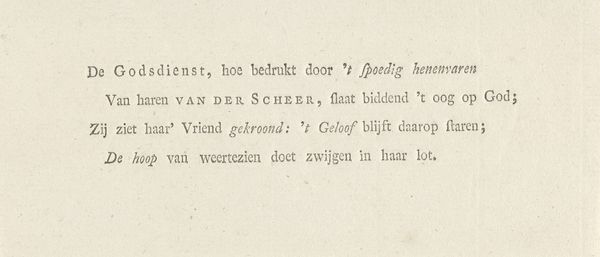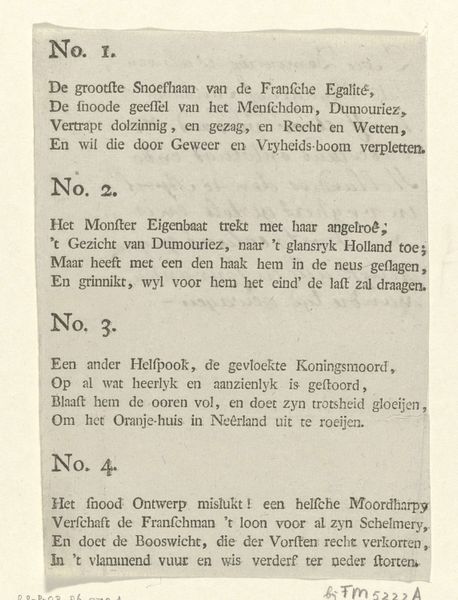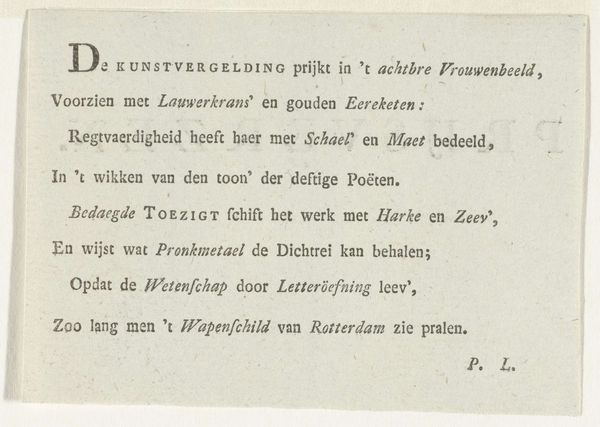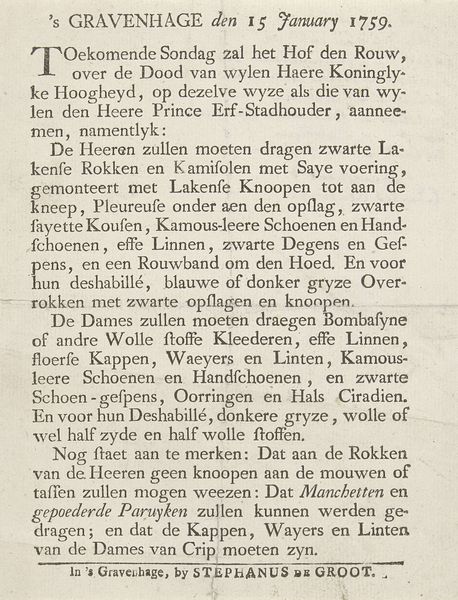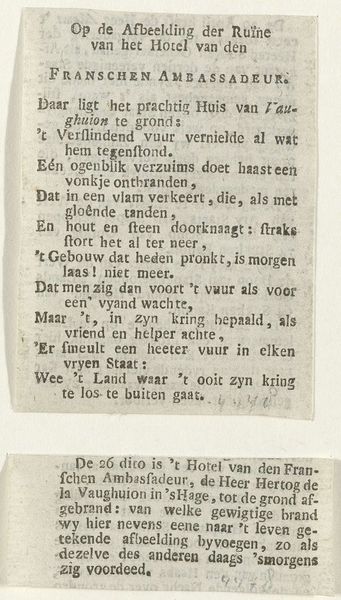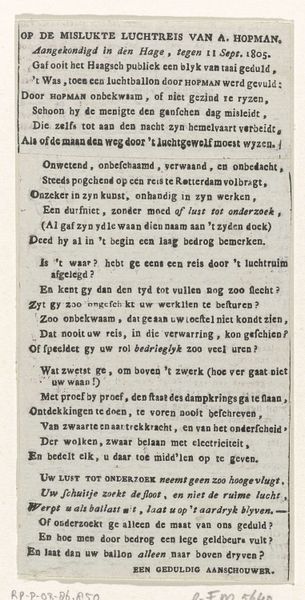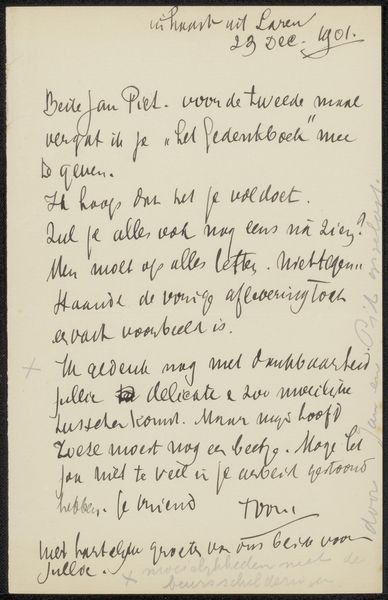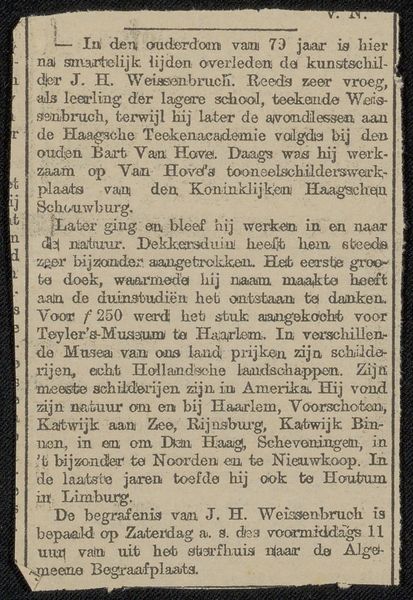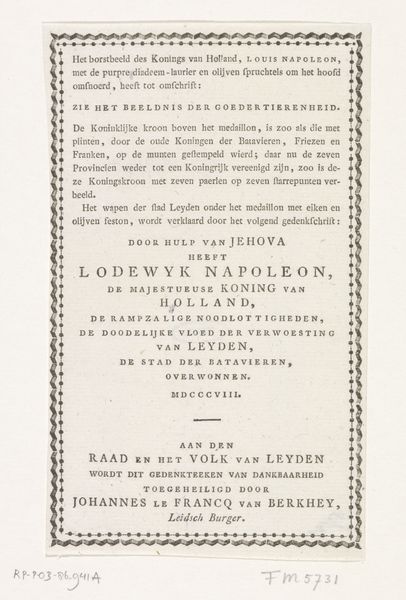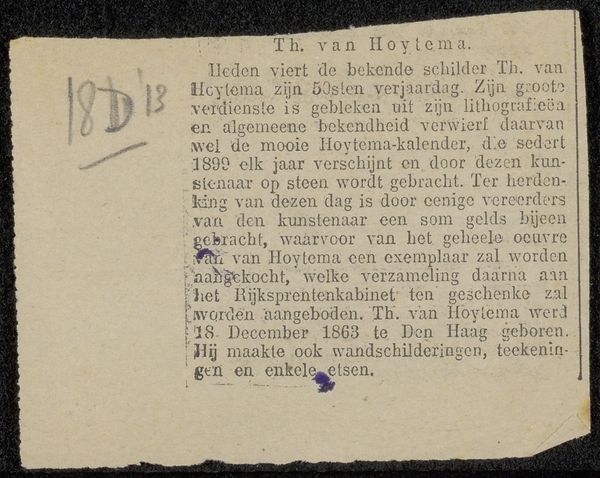
Vers bij de spotprent op Willem V als half militair, half Bacchus, 1786 1786
0:00
0:00
anonymous
Rijksmuseum
print, textile, typography, engraving
#
neoclacissism
#
hand-lettering
# print
#
hand drawn type
#
hand lettering
#
textile
#
personal sketchbook
#
typography
#
engraving
Dimensions: height 68 mm, width 155 mm
Copyright: Rijks Museum: Open Domain
Curator: This is a rather intriguing print from 1786, presently held in the Rijksmuseum. The piece is called "Vers bij de spotprent op Willem V als half militair, half Bacchus," attributed to an anonymous artist. Editor: Well, my first impression is one of dense communication. So much text, tightly packed. The handwritten lettering lends a personal, almost intimate quality, like a snippet from a personal sketchbook, though I’m unsure of the printing process. Curator: As an engraving, the production method would’ve involved carving the design into a metal plate, inking it, and then pressing it onto textile or paper. The relatively uniform pressure and neatness suggest that the printing method itself served as a mode to emphasize social context. These pamphlets circulated within very tense debates! Editor: The verses themselves seem heavy with symbolism. A half-military, half-Bacchus figure... quite the potent combination of leadership and indulgence, virtue and vice. Curator: Indeed, considering Willem V's reign, it seems very intentionally critical. The material speaks of how artists represent figures caught in complex social roles! This relates to artistic labour through patronage – the art subtly critiques the very power it may have relied on. The method of circulation and printing indicates there was high cultural consumption of such items, revealing societal tensions between different actors. Editor: It does feel laden with irony. Phrases like "Herderlievend Volk!" and "uw' dappren Vorst!" sound almost sarcastic given the image’s underlying message. The mention of Brutus – a classic figure of republicanism and betrayal – seems significant. The visual reference is likely a reflection on what his own contemporaries had already seen and read. Curator: Precisely. It’s a printed, distributed commentary steeped in specific social commentary, offering us a lens into how art could actively challenge authority figures, even those seemingly sanctioned through wealth. In fact, the piece shows how quickly ideas can disseminate during the time and how labor quickly responded! Editor: This work serves as a great lesson in considering layers of images in that time! Curator: Definitely! It shows just how intertwined political rhetoric and visual messaging became at this time. The relationship is inextricable from its contemporary moment and those anxieties we feel now when consuming our current images.
Comments
No comments
Be the first to comment and join the conversation on the ultimate creative platform.
